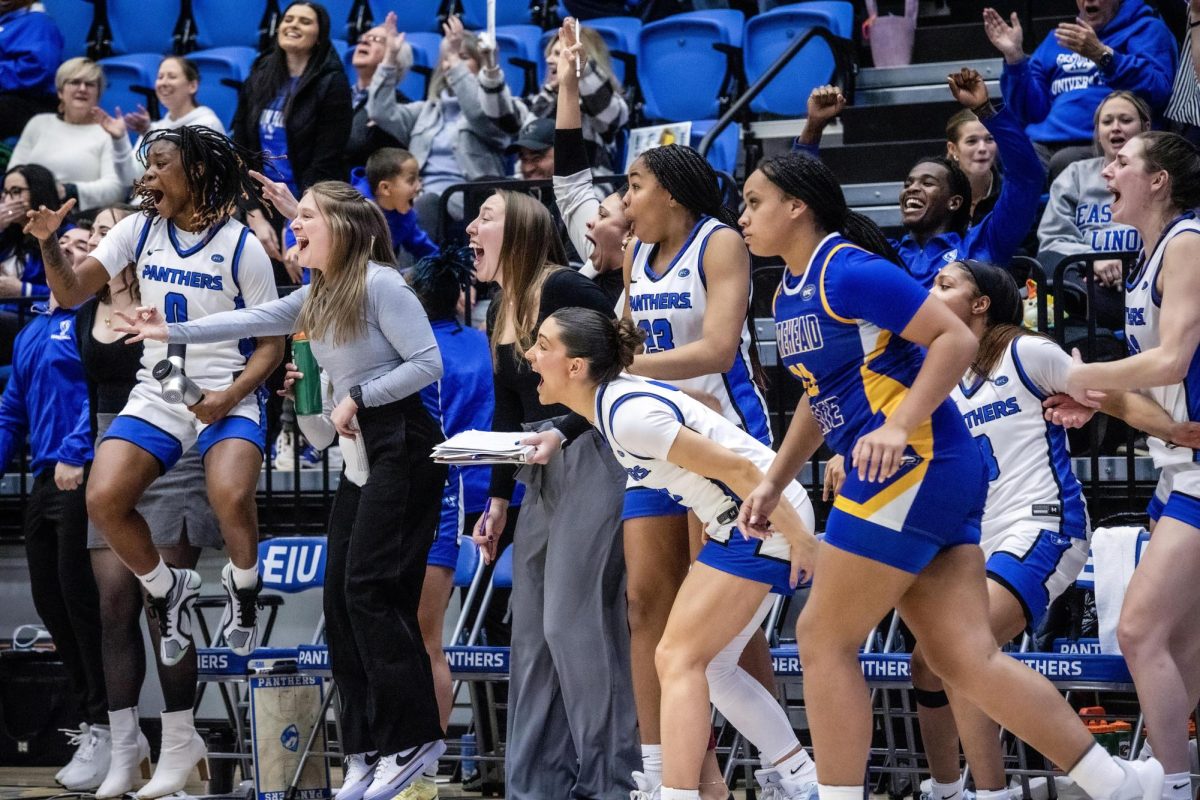Participants observe Ring Nebula, asteroids at observatory
Noelle Okrasinski said it had always been her wish to see a shooting star, and to her amazement, she spotted two Friday night.
Noelle saw the stars as she waited in line with her father Jeff Okrasinski at the observatory open house.
Approximately 140 members of the community gathered Friday night for a chance to gaze at the Ring Nebula, a gaseous cloud created as a star reached the end of it’s lifespan, through the observatory’s state-of-the-art, 16-inch Schmidt-Cassegrain telescope.
Okrasinski and Noelle were among the guests.
“I’m just trying to encourage my daughter with good behavior, and encourage her with the sciences and with her interests,” Jeff said.
In addition to viewing the nebula, guests were also given the opportunity to pick out asteroids from a series of images on computer screens and to view a host of other interstellar phenomena through smaller telescopes set up outside.
Tyler Linder, a senior physics major, explained the purpose of asteroid images to guests.
“We take the data we collect and we send it into Harvard, and then Harvard keeps updating the trajectories of these asteroids,” Linder said. “Then when analyze the trajectories and try to determine when the earth and a particular asteroid will be closest, basically looking for the asteroid that will hit the earth.”
Linder said approximately 1,000 to 1,500 images of asteroids and other near-earth objects taken in an average night.
Jim Conwell, director of the Eastern observatory, has been teaching physics at Eastern for 25 years.
“I’m a theoretical physicist so my area of expertise are things like astrophysics, general relativity, black holes, neutron stars…that sort of stuff,” Conwell said.
Conwell provided a brief explanation of the Ring Nebula to guests after they had climbed the stairs and approached the telescope’s eyepiece.
“Stars spend most of their time burning hydrogen into helium,” Conwell said. “Eventually, just like anything else they run out of fuel. When that happens stars sort of bloat up into what they call a red giant.
Most of the time when they become red giants they become unstable– they start pulsating and pulsating and pulsating and the pulsations grow and grow and grow and eventually they become so big that at one time its going to shed it’s outside atmosphere.”
Conwell said our sun will become a red giant in approximately five billion years.
The observatory has been hosting an open house on the last Friday of each month since it opened in 2004, and they usually attract approximately 100 guests.
The record for attendance is 350.
“A lot of times, we have people who come four, five or even six times a year at least because there is something different to see each month,” Conwell said.
Jason Hardimon can be reached at 581-7942 or jrhardimon2@eiu.edu

















![[Thumbnail Edition] Senior Foward Macy McGlone, getsw the ball and gets the point during the first half of the game aginst Western Illinois University,, Eastern Illinois University Lost to Western Illinois University Thursday March 6 20205, 78-75 EIU lost making it the end of their season](https://www.dailyeasternnews.com/wp-content/uploads/2025/03/WBB_OVC_03_O-1-e1743361637111-1200x614.jpg)





















































